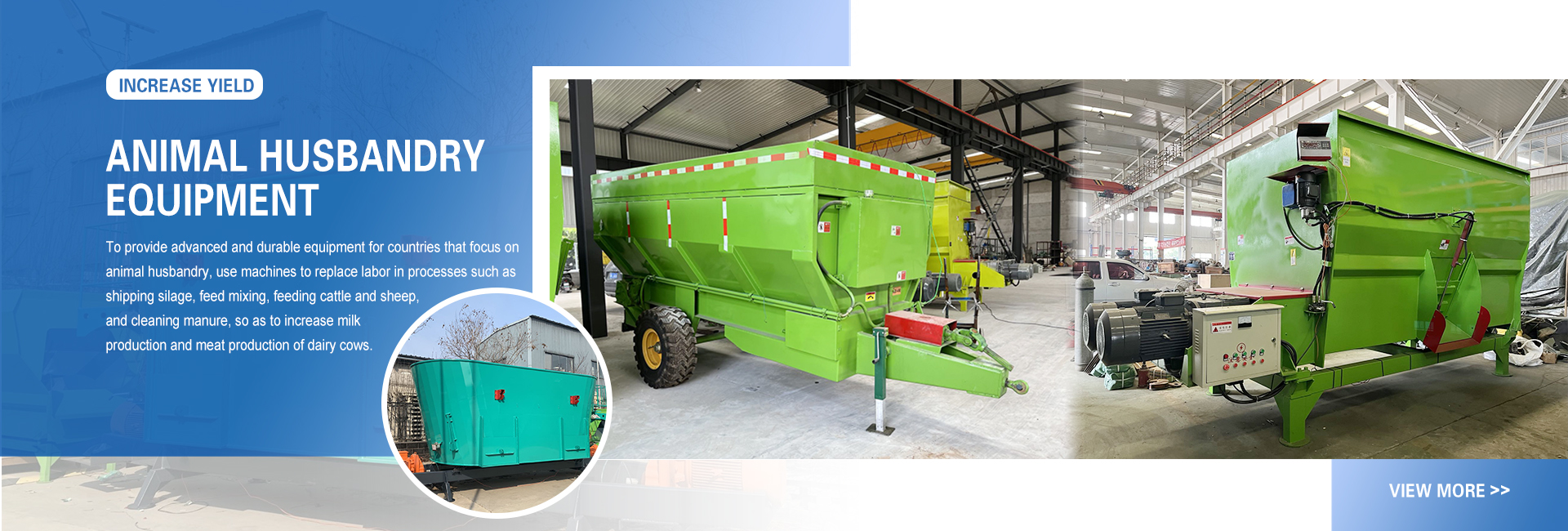A liquid fertilizer spreader is an essential agricultural tool designed to efficiently and evenly distribute liquid fertilizers across fields, gardens, or crops. This specialized piece of equipment plays a crucial role in modern farming practices, helping farmers and gardeners optimize nutrient delivery to plants for healthy growth and maximum yield.
Key features of a liquid fertilizer spreader include:
Tank or Hopper: The spreader typically consists of a large tank or hopper made from durable materials like stainless steel or polyethylene. This container holds the liquid fertilizer, ensuring a steady and consistent supply during application.
Pump System: A liquid fertilizer spreader is equipped with a high-quality pump system that pressurizes the liquid fertilizer. This pressure allows for precise control over the rate of application, ensuring uniform coverage across the targeted area.
Distribution Mechanism: The spreader uses a distribution mechanism to disperse the liquid fertilizer. This can be in the form of spray nozzles, booms, or spinners, depending on the specific design of the spreader. Some spreaders may also have adjustable settings to customize the spray pattern and width.
Boom or Spray Bar: In larger agricultural applications, liquid fertilizer spreaders often feature booms or spray bars that extend across the width of the equipment. These booms can cover a wider area in a single pass, improving efficiency for large-scale farming operations.
Precision Controls: Many modern liquid fertilizer spreaders come with advanced electronic controls that allow operators to fine-tune the application rate, monitor pressure, and adjust spray patterns on the go. This level of precision ensures that the right amount of fertilizer is applied to each section of the field.
Mobility: Liquid fertilizer spreaders are available in various sizes and configurations, from tractor-mounted models to self-propelled units. They are designed for ease of movement across the terrain, allowing operators to navigate fields with minimal effort.
Capacity: The tank or hopper’s capacity varies depending on the specific model, ranging from small, portable units for gardeners to large-capacity tanks for commercial farming operations.
Durability: Liquid fertilizer spreaders are constructed with durability in mind, as they are exposed to harsh outdoor conditions. They are built to withstand exposure to corrosive fertilizers and the wear and tear associated with fieldwork.
Maintenance: Regular maintenance is essential to keep a liquid fertilizer spreader in optimal working condition. This includes cleaning, checking for clogs, and ensuring that all components are functioning correctly.
In summary, a liquid fertilizer spreader is an indispensable tool for modern agriculture and horticulture. It enables efficient and precise application of liquid fertilizers, helping to promote healthy plant growth, increase crop yields, and conserve resources by minimizing waste. Whether on a small garden or a vast farmland, this equipment plays a pivotal role in ensuring the success of crop cultivation.
Post time: Sep-27-2023



